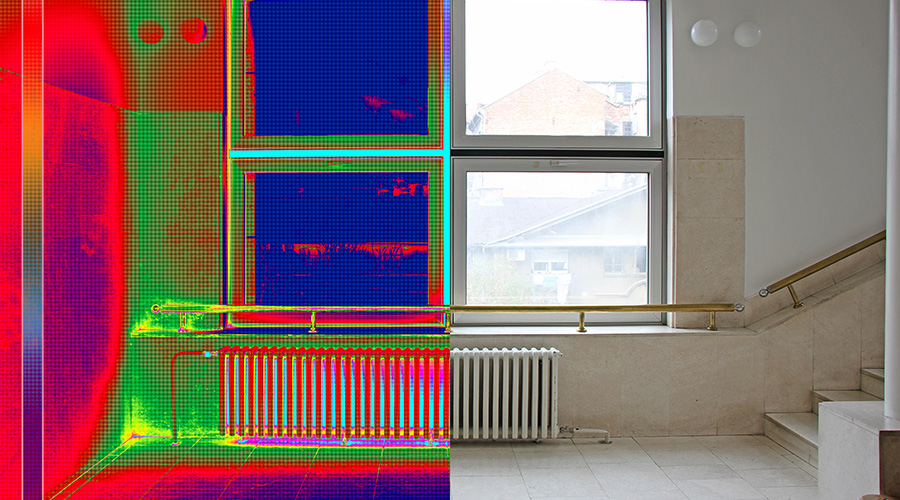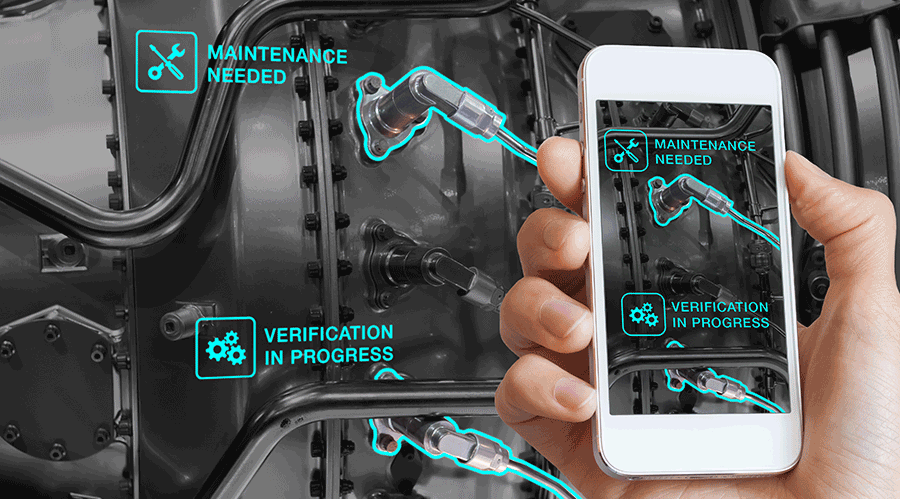 Managers need to strictly follow construction protocols and be careful their activities do not compromise the health and safety of patients.
Managers need to strictly follow construction protocols and be careful their activities do not compromise the health and safety of patients.Working Around Project Delays in Health Care Renovations
A common challenge in health care renovations is dealing with delays. Managers can avoid these project delays by having a sound plan in place.
Timing is everything
One common challenge in health care renovations involve project delays. The cause of the delay might be on the construction team’s side or on the side of the in-house staff. During commissioning of spaces connected to active areas of facilities, it is not uncommon for the construction team to be on standby due to an active case in an operating room.
Managers can avoid added problems by adopting safe construction practices, such as using construction cubes, sealing areas, ensuring proper exhaust so construction debris does not contaminate nearby spaces, and posting signs to remind workers of the importance of controlling contamination.
Managers involved in renovations also need to consider the scope of future renovations. As health care continues to evolve, facilities undertake additional projects. So it is prudent for managers to consider if any part of the current project could accommodate future construction.
For instance, if the current project involves an upgrade of the electrical infrastructure, managers and other hospital officials should carefully determine if the upgrade should be sized large enough to accommodate foreseeable renovations in other areas fed by the same electrical panel or switchboard.
When managers embrace level of planning, they can work with the project team and use the opportunity to minimize future disruptions to the patients and staff. This tactic is best used when dealing with sensitive areas that can only be disrupted for a period of time.
Projects also can provide the means to accommodate future shutdowns. For example, a project might include installing disconnect switches during a shutdown of an electrical riser so workers can tie in future phases. Workers adding a new branch also might install valves on medical gas piping intended for future use so temporary oxygen bottles and portable vacuum pumps for patients are only required once.
Other challenges include noise control during construction. Project teams should provide notifications and contact information to the staff in the event of complaints from the patients. Managers also can produce a project schedule with staff assistance to allow for quiet hours.
Renovations bring new equipment to an existing facility, but they also can exacerbate existing issues. Design teams are typically responsible for renovating an existing area, and this can unfortunately cause tunnel vision and the effects of the new project on the other areas of the building are not considered.
Before designing a project, it is best practice to perform a survey on the existing conditions of the mechanical, electrical, and plumbing systems in order to identify potential issues early enough so the facilities department can address the issues.
Related Topics:














